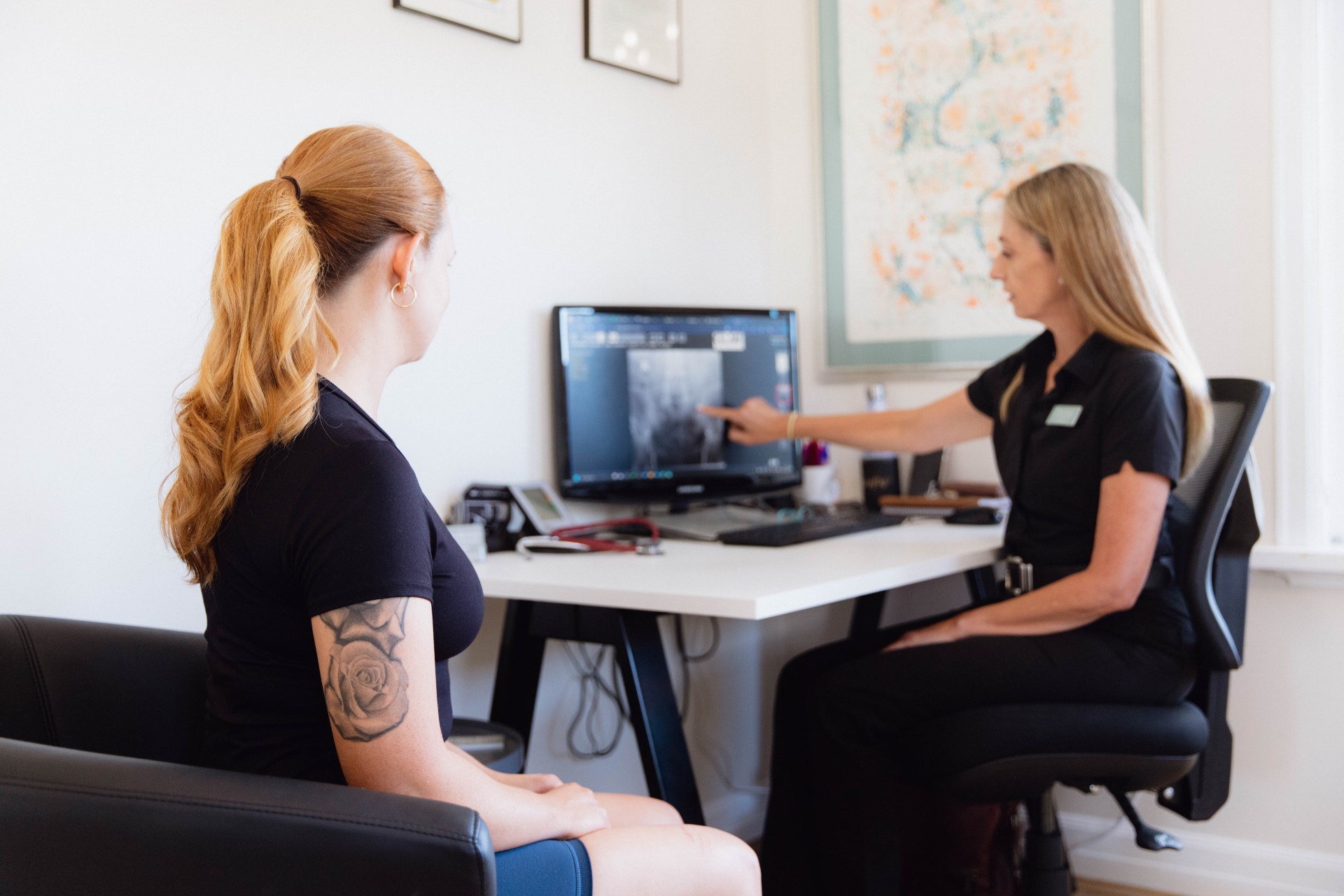Postural Pain
Sitting at the computer for an extended period without movement can progress to strains, which leads can lead to intense postural stress. Postural strains are the frustrating stiffness and ache that manifests in the shoulders, arms, neck, and low back.

What are postural strains?
Have you ever had dull aches in your lower back, shoulders, arm or neck? It’s most likely Postural Strains!
Sitting at a desktop for a long period of time without moving can produce strains, which can lead to significant postural stress. Postural strains are irritating stiffness and ache in the shoulders, arms, neck, and low back. And these strains do not appear out of anywhere. They accumulate over time.
Postural Strain Symptoms
manifest when you are in a particular posture for prolonged periods. Postural pains can be felt as, but are not limited to:
♦ Dull aches in the lower back
♦ Similar symptoms in the upper back or neck
♦ Headaches
♦ Pain in shoulders and arms
Why Do Postural Strains Happen?
♦ Spending your workdays sitting at a desk without taking breaks
♦ Sleeping on a mattress and pillow where your neck is in an awkward position
♦ Having young children that you are juggling and looking after
♦ Performing awkward lifts, e.g., nurses moving patients and equipment
Upon movement, the strain will be taken off the affected parts of the body, thereby easing the pain. Nonetheless, that doesn’t make the movement easier and doesn’t address the underlying factors.
There is no single cause for postural strains. Generally, it can be from the body being in a position over long periods.
Which Posture Is Correct?
The correct posture is the one that feels healthy, comfortable, and natural to you.
You may have heard there’s a “right way” to sit or stand, but there isn’t. The right way is the way that feels right for you!
Posture when using a computer
Are you sitting at a computer all day? If so, you’re probably experiencing some neck and shoulder pain. The first step to reducing pain is ensuring you are in the correct position when using your computer.
There are three main factors to consider:
1. Your monitor should be at eye level, so you don’t have to crane your neck.
2. Your chair should be high enough to support your thighs and low enough, so your feet are flat on the floor.
3. Your keyboard should be close enough to reach it quickly but not so close that you must lean forward or twist it in any way.
What If Postural Strains Happen?
Postural strains are supported with lifestyle modifications and Osteopathy helps to alter posture habits, reduce pain, and improve quality of life.
Manual therapy can help relieve tension through techniques, and treating the problem and underlying factors. Twin Rivers Osteopathy can also suggest exercises and techniques that you can use at home to guide your posture.
We are ready when you are
Twin Rivers Osteopathy offers a wide range of Osteopathic services & treatments covering back pain, neck pain, shoulder pain, knee pain, headaches, upper back pain, sports injuries, work-related injuries and ergonomic assessment.
